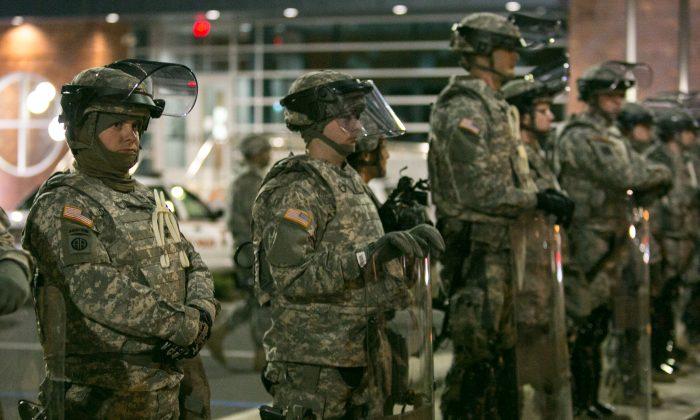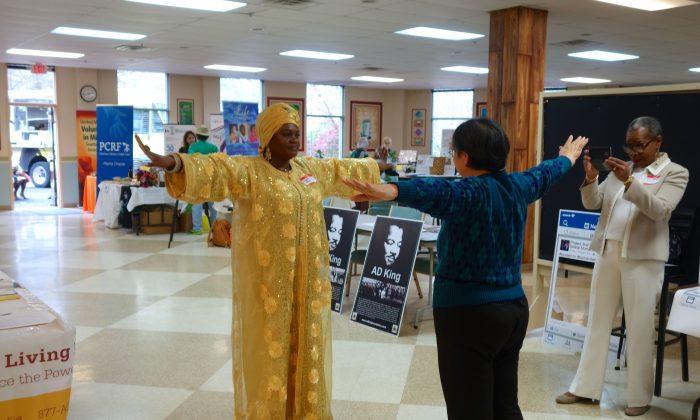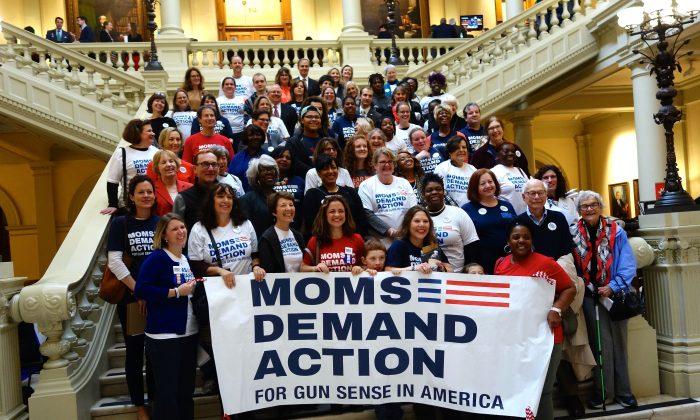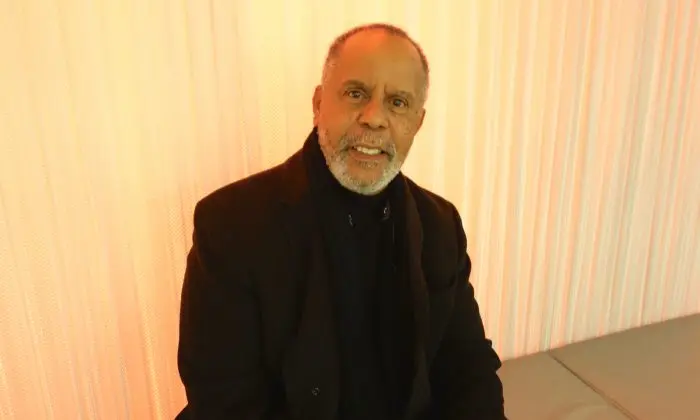President Barack Obama condemned the people who burned buildings and broke windows in Missouri Monday night. “To those who think that what happened in Ferguson is an excuse for violence, I do not have any sympathy for that. I have no sympathy at all for destroying your own communities,” he said, at an event in Chicago on Tuesday, which had been meant to focus on immigration, and where he was heckled.
The president, Attorney General Eric Holder, Missouri governor Jay Nixon, and Michael Brown’s parents had called for restraint and nonviolence when the grand jury decision was announced. Many of the activists and community leaders in Ferguson had, as well.
But when it was announced that St. Louis Police Officer Daren Wilson would not be charged for killing unarmed 18-year-old Michael Brown on Aug. 9, people erupted in a way they had not during the almost four month’s since Brown’s shooting.
The president said he understood why people were angry at the grand jury’s decision. In a televised speech Monday night, he said people in communities of color and poor communities sometimes feel that the laws were not fairly enforced for them. “We do have work to do here, and we shouldn’t try to paper it over. Whenever we do that, the anger may momentarily subside, but over time, it builds up and America isn’t everything that it could be.”
He asked members of the media to focus on people trying to do good things, instead of on dramatic images of fires and violence that make good TV. His Monday speech was broadcast alongside images of a burning police car and burning buildings.
Quiet Early
Early Tuesday night, it was quiet in front of the Ferguson Police Department. About 50 National Guard members stood in a line between the police station and the fire station, wearing riot gear.
Nearby, two members of the clergy who drove from Ohio stood on a corner, wearing black robes with white clerical stoles. People approached them to chat. They declined to give an interview.
About 100 protesters milled around, and about 25 reporters. They were quiet, except for one man who appeared to have been drinking. He ranted, a little apart from the others.
Refuge at Subway
At a Subway sandwich shop across from the Ferguson Police Department, one of the few businesses in the area still open, a mix of protesters and journalists took cover from the bitter cold.
Within two hours, protesters had massed near the station. They chanted, “Whose street? Our street!” and “We shut things down.” Police appeared ready to make arrests by 8 p.m.
A young African-American woman with a sweet face held a red, hand-lettered sign that read “Racism still exists.” She gave an interview to a reporter in which she said, “That’s life. We just have to work to make things better. Thank you.”
Missouri Governor Jay Nixon deployed hundreds more National Guard members for Tuesday night, for a total of 2,200, hoping to prevent property damage. He said, “It is a testament to the professionalism of local law enforcement, the Missouri State Highway Patrol and the Guard that no one was killed or seriously injured last night.”
But some neighborhoods were devastated, said Nixon, speaking at the University of Missouri-St. Louis. “I just came from West Florissant, and it’s a heart-breaking sight. Seniors afraid to leave the house. School canceled. Kids scared to go outside and play.”
In order to return the city to normal, he said he had arranged for “rapid response teams” to prevent violence or end it if it broke out again. Last night, CNN reported that some areas appeared to have no police presence, while people looted and vandalized.
Nixon said, “I continue to be heartened by the steadfast work that so many people in this region are doing on behalf of peace and understanding, to avert violence and to move forward together.”
Genevieve Belmaker reported from Ferguson






Friends Read Free